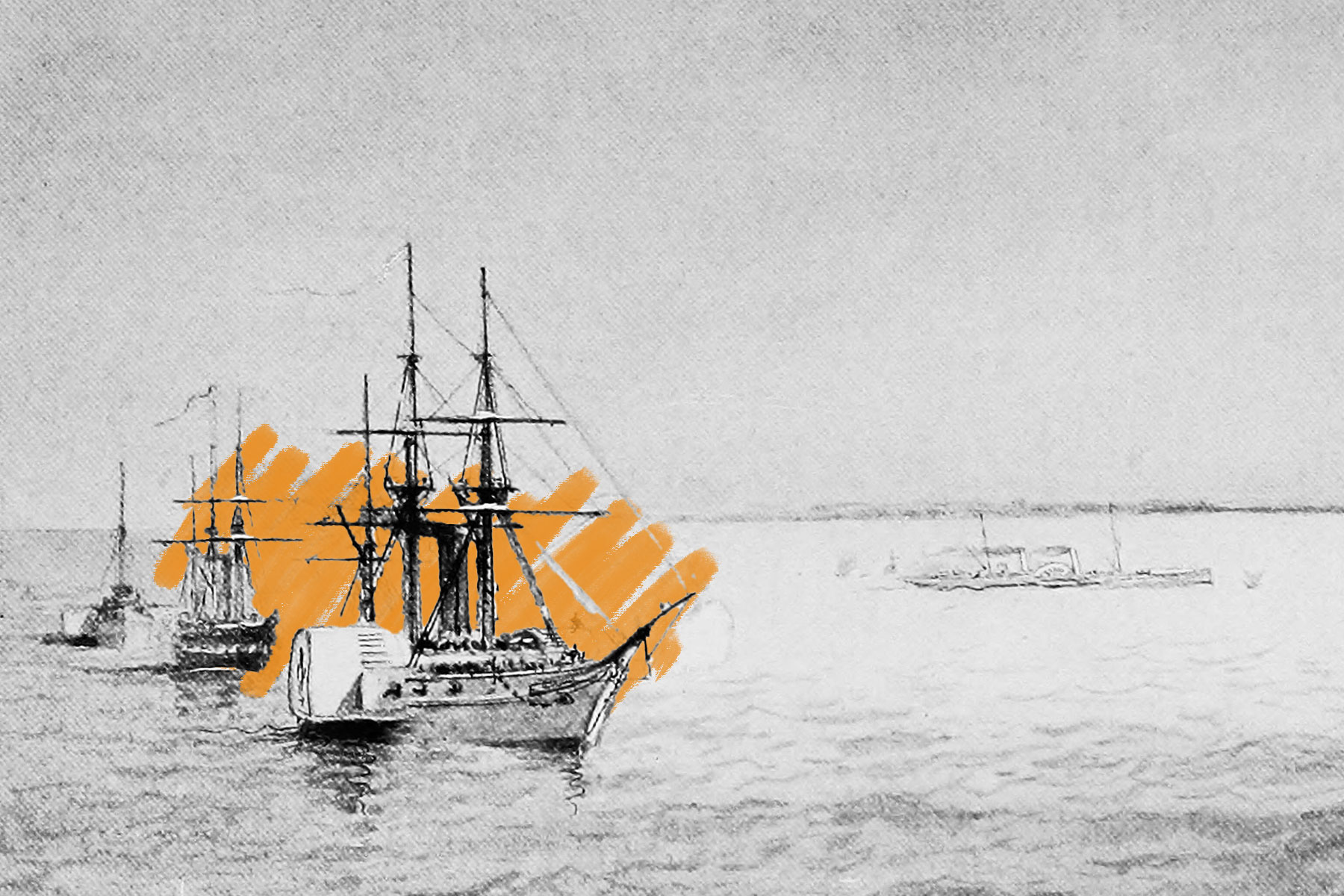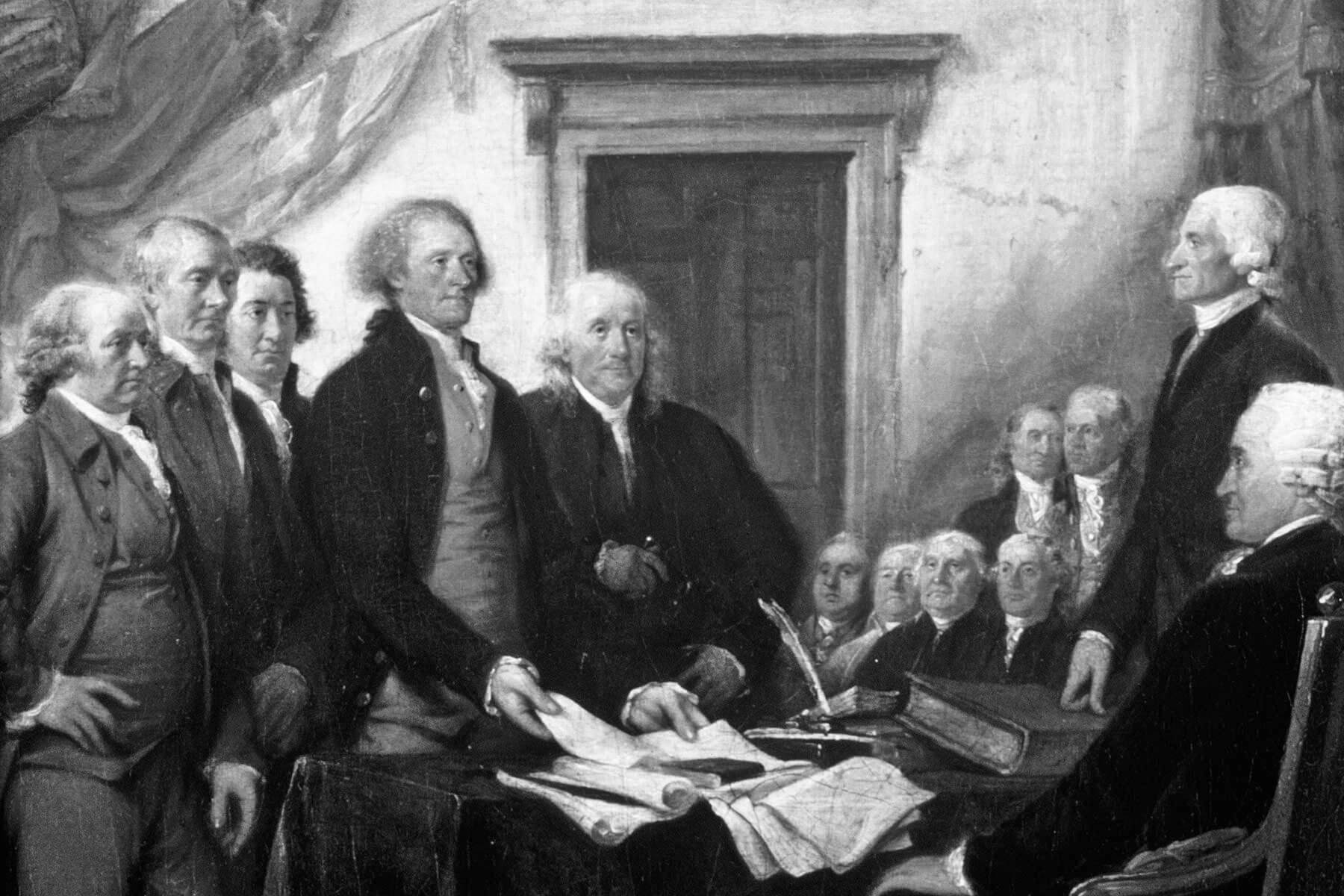| W hen the Civil War began in 1861, the United States Navy had just 90 warships. By the conflict's end four years later, it had 626. Sixty-five of the ships were ironclads, which were the strongest seafaring vessels in the world at the time. But they were also expensive and made from scarce resources, which is why they accounted for such a small percentage of either side's fleet. Hence the Confederacy's eventual reliance on "cottonclads," which were armored with 500-pound bales of cotton lining their sides. Because they were weaker than their iron counterparts, cottonclads would often steam at full speed toward their combatants as the cotton absorbed as much enemy gunfire as possible, then would attack once they were within firing range. |













No comments:
Post a Comment